The explosive growth of digital image libraries increased the requirements of Content based image retrieval (CBIR). It can automatically search the desired image from the huge database. This paper proposes an advanced image retrieval using Local Tetra Pattern (LTrP)s. It develops a strategy to compute n-th order LTrP using (n-1) th order horizontal and vertical derivatives and it derives an efficient CBIR. The previously declared Local Binary Pattern(LBP) can able to encode the images with two distinct values and Local Ternary Pattern(LTP) can encode images with only three distinct values but the LTrP encoded the images with four distinct values as it is able to extract more detailed information.
Keywords |
| Content Based Image retrieval (CBIR), Local Tetra Pattern (LTrP), Directional Pattern, Data Base
collection, Query Image. |
INTRODUCTION |
| Content-based image retrieval (CBIR), also known as query by image content (QBIC) and content-based visual
information retrieval (CBVIR) is the application of computer vision techniques to the image retrieval problem, that is,
the problem of searching for digital images in large databases. Content based image retrieval is opposed to concept
based approaches. "Content based" means that the search will analyze the actual contents of the image rather than the
metadata such as keywords, tags, and/or descriptions associated with the image. The term 'content' in this context might
refer to colors, shapes, textures, or any other information that can be derived from the image itself. CBIR is desirable
because most web based image search engines rely purely on metadata and this produces a lot of garbage in the results.
Also having humans manually enter keywords for images in a large database can be inefficient, expensive and may not
capture every keyword that describes the image. Thus a system that can filter images based on their content would
provide better indexing and return more accurate results. Texture can be defined as the spatial distribution of gray
levels. Texture analysis able to extracts the texture features namely contrast, directionality, coarseness and busyness
and it is applicable in computer vision, pattern recognition, segmentation and image retrieval. Texture retrieval
retrieves the texture images such as marble, ceramic tiles ,etc. It is a branch of texture analysis. The relevance feedback
mechanism makes it possible for CBIR systems to learn human concepts since users provide some positive and
negative image labeling information, which helps systems to dynamically adapt the relevance of images to be retrieved. |
METHODOLOGY |
| A. Local Binary Pattern (LBP) |
| LBP method provides a robust way for describing pure local binary patterns in a texture. The original 3×3
neighborhoods thresholded by the value of the center pixel. This threshold neighborhood pixel values are multiplied by
binomial values of the corresponding pixels. Resulting pixel value is summed for the LBP number of this texture unit.
LBP method is gray scale invariant and can be easily combined with a simple contrast measure by computing for each
neighborhood the difference of the average gray level of those pixels which have the value 1 and those which have the
value 0 respectively as shown in Figure.1. |
| LBP is a two-valued code. The LBP value is computed by comparing gray value of centre pixel with its neighbors,
using the below equations (1) and (2). |
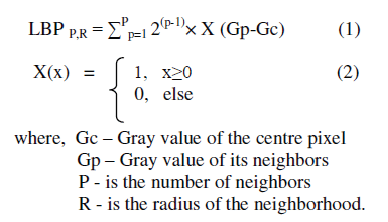 |
| B. Local Ternary Pattern (LTP) |
| LTP is a three-valued code, in which gray values in the zone of width ± T around Gc are quantized to
zero, those above (Gc+T) are quantized to +1, and those below (Gc-T) are quantized to-1.Local Ternary Patterns are an
extension of Local Binary Pattern. Unlike LBP, it does not thresholded the pixels into 0 and 1 rather it uses a threshold
constant ‘T’ to threshold pixels into three values. Here ‘T’ is a user specified threshold, So LTP code more resistant to
noise. LTP can be determined by equation (3). |
 |
| C. Local Tetra Pattern (LTrP) |
| The LBP and the LTP extract the information based on the distribution of edges, which are coded using only
two directions (positive direction or negative direction). Thus, it is evident that the performance of these methods can
be improved by differentiating the edges in more than two directions. This observation has motivated to propose the
four direction code, referred to as local tetra patterns (LTrPs) for CBIR. The LTrP describes the spatial structure of the local texture using the direction of the center gray pixel. In this work, propose a second-order LTrP that is calculated
based on the direction of pixels using horizontal and vertical derivatives. |
| Algorithm: |
| Input: Query image; Output: Retrieval result |
| 1. Load the image, and convert it into grayscale. |
| 2. Apply the first-order derivatives in horizontal and vertical axis. |
| 3. Calculate the direction for every pixel. |
| 4. Divide the patterns into four parts based on the direction of the center pixel. |
| 5. Calculate the tetra patterns, and separate them into three binary patterns. |
| Calculation of Tetra Pattern |
| Local Tetra Pattern of each center pixel is determined by calculating directional pattern using n-th order derivatives,
commonly we use second order derivatives due to its less noise comparing higher order.Let, The Given image-I, firstorder
derivatives of the center pixel along 0 and 900 (i.e. horizontal and vertical) directions are calculated by subtracting
its gray value of the center pixel with its horizontal and vertical gray values.The second order derivatives can be
defined as a function of first order derivatives. It gives four possible directions 1,2,3,4 i.e. the image is converted into
four values, illustrates in figure.5.Each directions of center pixel will give three tetra pattern (3 0 3 4 0 3 2 0). Thus, we
get 12(4×3) binary patterns. Magnitude of first order derivatives gives the 13th binary pattern (1 1 1 0 0 1 0 1). |
EXPERIMENTAL RESULTS |
| The proposed novel method is programmed by using MATLAB image processing tool. The performance of the
algorithm is evaluated on texture images. Let be discuss about the performance evaluation. |
| a) Database collection |
| The below figure .6. Illustrates images of memory size 48.0 KB (128 × 128) used for databases. This database
consists of a large number of images of various contents ranging from animals to outdoor sports to natural images. |
| b) Selection of query image |
| Content Based Image Retrieval retrives the image from the database which are matched to the query image.
Select an image as a query image and processing it.Query image selection will be shown in figur.7. |
| c) Simulation Results |
| The proposed Local Tetra Pattern (LTrP ) method has the following steps. |
| (i) Initially, Apply the original image as a query image to the process,shown in figure.8.a. |
| (ii) In the second step,original image to gray image conversion will be made as in figure .8.b. |
| (iii) Third step involves Binary Pattern generation of gray scale image,shown in figure.8.c. |
| (iv)Finally,Determination of Directional Pattern used to extract more relavant information as shown in figure.8.d. |
| d) Matching Result |
| Finally, Similarity Measurement takes place,those images in the database matched with the query image will be
retrieved from the database as a output image shown in below figure.10. |
CONCLUSIONS AND DISCUSSIONS |
| In this work, an image retrieval technique referred as LTrPs for CBIR is applied. The LTrP encodes the images
based on the direction of pixels that are calculated by horizontal and vertical derivatives. The magnitude of the binary
pattern is collected using magnitudes of derivatives. Proposed method improves the retrieval result as compared with
the standard LBP also improves the average precision rate, however the algorithmic procedure much complex than
LBP and LTP. Here, horizontal and vertical pixels have been used for derivative calculation. |
| The results can be further improved by considering the diagonal pixels for derivative calculations in addition to
horizontal and vertical directions. Due to the effectiveness of the proposed method, it can be also suitable for other
pattern recognition applications such as face recognition, finger print recognition, etc. |
Figures at a glance |
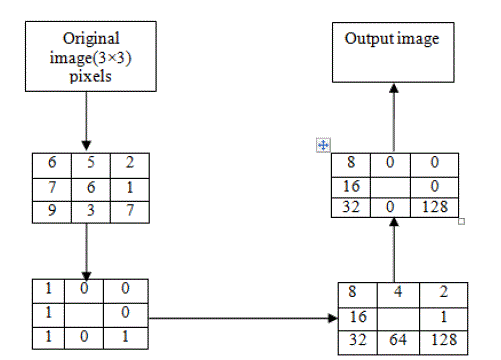 |
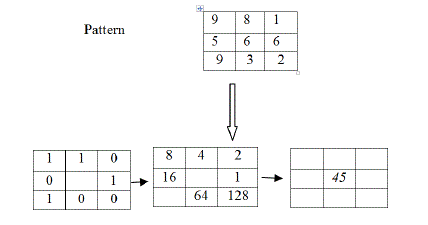 |
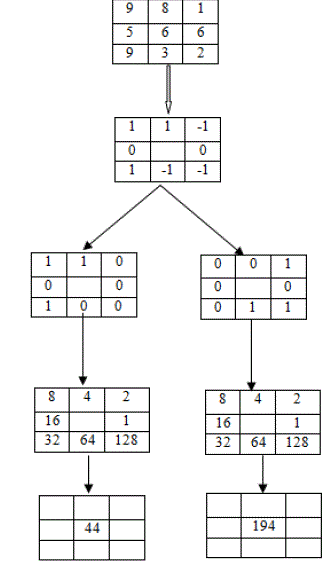 |
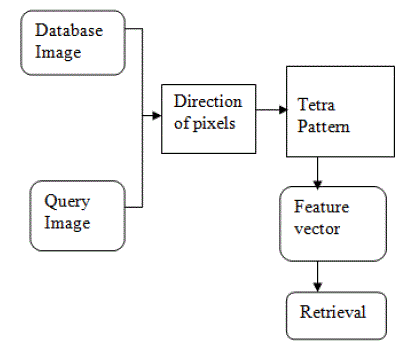 |
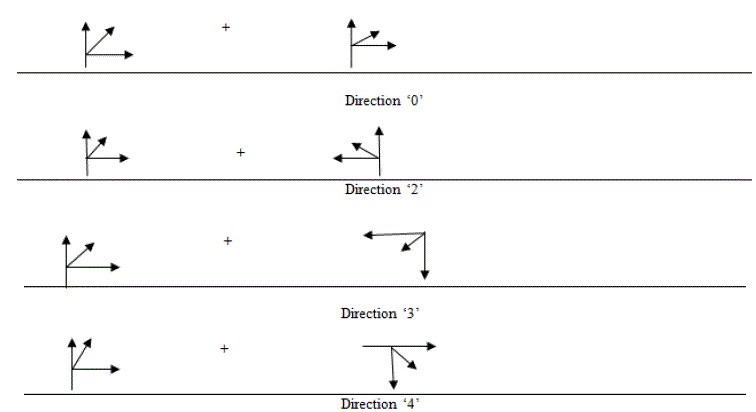 |
| Figure 1 |
Figure 2 |
Figure 3 |
Figure 4 |
Figure 5 |
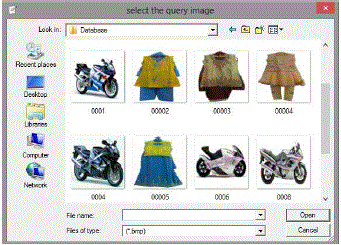 |
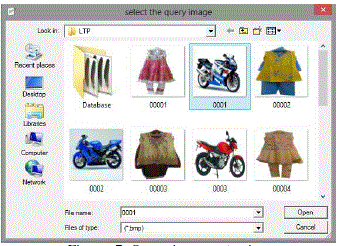 |
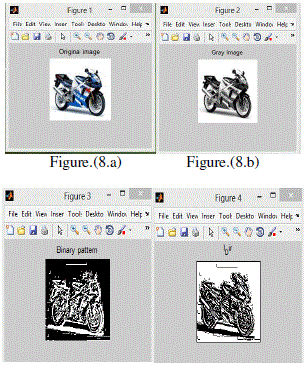 |
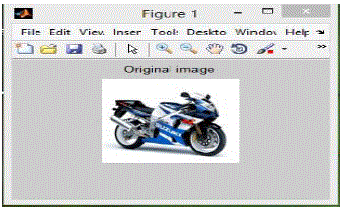 |
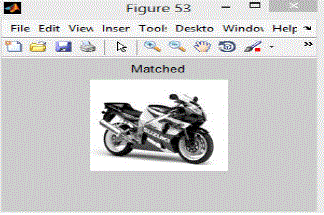 |
| Figure 6 |
Figure 7 |
Figure 8 |
Figure 9 |
Figure 10 |
|
References |
- Subrahmanyam Murala, R.P.Maheshwari and R.Balasubramanian,”Local Tetra Patterns: A New Feature Descriptor for Content Based Image Retrieval” IEEE Transactions on image processing, Vol.21,No.5,MAY 2012.
- M. Saadatmand Tarzjan and H. A. Moghaddam,“A novel evolutionary approach for optimizing content based image retrieval,” IEEE Trans. Syst., Man, Cybern. B, Cybern, vol. 37, no. 1, pp. 139–153, Feb. 2007.
- A. W. M. Smeulders, M. Worring, S. Santini, A. Gupta, and R. Jain, “Content based image retrieval at the end of the early years,” IEEE Trans. Pattern Anal. Mach. Intell., vol.22, no.12, pp.1349–1380, Dec. 2000.
- M. Kokare, B. N. Chatterji, and P. K. Biswas, “A survey on current Content based image retrieval methods,” IETEJ.Res.,vol.48, no.3&4, pp. 261–271, 2002.
- M.N.Do and M.Vetterli,“Wavelet-based texture retrieval using generalized Gaussian density and KullbackLeibler distance,” IEEE Trans. Image Process., vol. 11, no. 2, pp. 146–158, Feb. 2002.
- M. Kokare, P. K. Biswas, and B. N. Chatterji “Rotation-invariant texture image retrieval using rotated complex wavelet filters,” IEEE Trans. Syst., Man, Cybern. B, Cybern., vol. 36, no. 6, pp. 1273–1282, Dec. 2006.
- Y. Liu, D. Zhang, G. Lu, and W.-Y. Ma, “A survey of content based image retrieval with high-level semantics,” Pattern Recogn., vol. 40, no. 1, pp. 262–282, Jan. 2007.
- Z. Guo, L. Zhang, and D. Zhang, “A completed modeling of local bi- nary pattern operator for texture classification,” IEEE Trans. Image Process., vol. 19, no. 6, pp. 1657–1663, Jun. 2010.
|